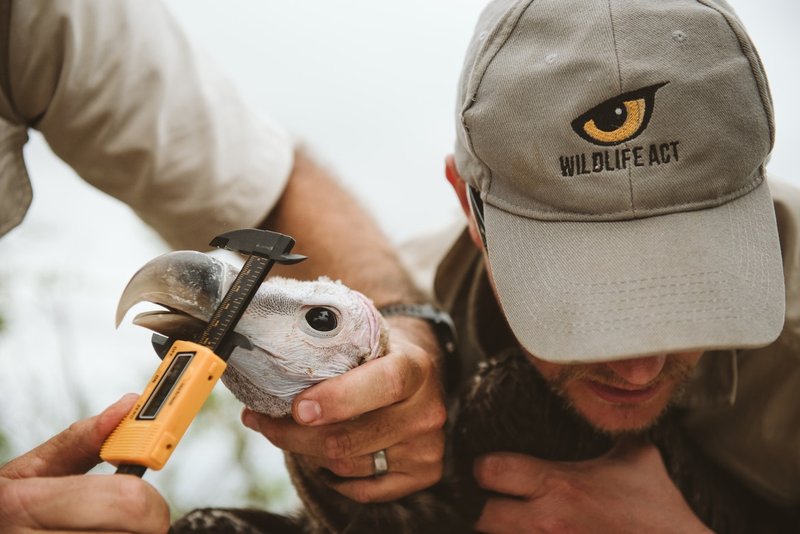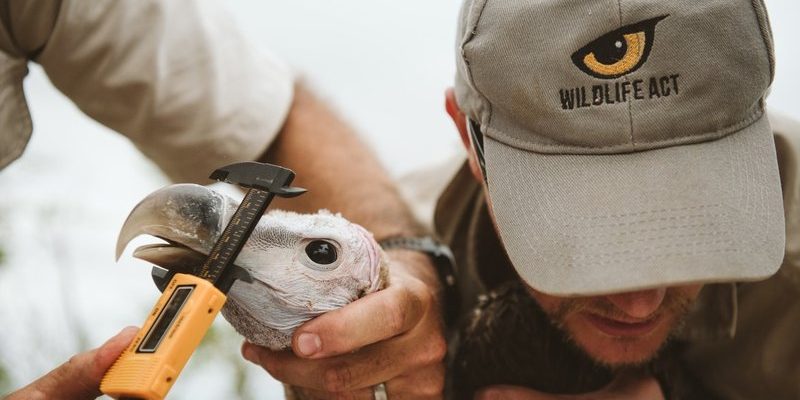
Vultures belong to the family Accipitridae and can be found on every continent except Antarctica. These birds thrive in various environments, from open savannas to mountain ranges. Knowing where to spot them can add a fun twist to your nature walks or travels. In this article, we’ll break down the specific locations across the globe where vultures can be spotted, along with some interesting facts about their habitats and behavior.
Types of Vultures Around the World
Vultures aren’t just one type of bird; there are several species, each with unique habitats and ranges. Broadly, we can divide them into two main categories: Old World vultures, which are found in Europe, Asia, and Africa, and New World vultures seen primarily in the Americas.
Old World vultures, like the Griffon Vulture or the Egyptian Vulture, tend to inhabit open landscapes, such as grasslands and mountainous regions. They rely heavily on their excellent eyesight to locate carrion, or dead animals, from great heights. Meanwhile, New World vultures, such as the Turkey Vulture and California Condor, often prefer forests, grasslands, and even urban areas. They have a more diverse diet and can even detect food using their keen sense of smell.
Understanding these categories helps you know where to look. If you’re in Africa and spot a large bird soaring overhead, it’s likely a vulture. On the other hand, if you’re hiking in North America, keep an eye out for those distinctive dark silhouettes gliding on the thermals.
Vulture Habitats in Africa
Africa is a treasure trove for vulture enthusiasts. The continent is home to numerous species, including the majestic African White-backed Vulture and the critically endangered Rüppell’s Vulture. These birds thrive in diverse habitats— from savannas to semi-deserts.
National parks like the Serengeti and Kruger are fantastic places to observe vultures in their natural environment. In these areas, large game animals die, attracting vultures from miles around. You might spot a group of vultures circled above; it’s a sure sign that a feast awaits. They often gather on the ground, feasting together, showcasing a fascinating behavior called social feeding.
If you’re planning a trip to Africa, timing matters. Many vultures are more active during the dry season, as food becomes scarcer and they have to be more opportunistic. So, plan your wildlife safari accordingly, and keep your camera ready!
Vulture Habitats in North America
In North America, you’ll find a couple of notable species of vultures, namely the Turkey Vulture and the California Condor. The Turkey Vulture is quite adaptable and can be observed in various environments, from forests to open fields. You might even see them in urban areas, scavenging for food.
The California Condor, on the other hand, is not as widespread. These magnificent birds thrive in mountainous areas and coastal regions, often seen soaring high above cliffs in California and Arizona. Their conservation story is remarkable—after almost being wiped out, efforts to breed them in captivity have helped increase their population.
You might be wondering how to spot these vultures. Look for them gliding gracefully on thermal currents. Turkey Vultures often have a distinctive two-tone coloring—dark bodies with silvery wing tips. If you’re lucky, you’ll see them perched high on a tree, looking for their next meal.
European Vulture Species and Their Habitats
Europe boasts a diverse collection of vulture species, including the Griffon Vulture and the Bearded Vulture. These birds prefer mountainous and rocky terrains, where they can nest on cliff sides and find ample food.
The Griffon Vulture is particularly fascinating; they can be found in regions like Spain and France, often congregating in large flocks. If you hike in the Pyrenees or the Alps, keep your eyes peeled. These vultures are fond of high places, making it easier for them to scan the landscape for carrion.
Contrastingly, the Bearded Vulture has a unique diet—it’s known for eating bones! Found primarily in the Alps and Himalayas, they have an exceptional ability to drop bones from great heights to break them open and access the nutritious marrow inside. Talk about innovative!
Vultures in Asia: Habitats and Migration Patterns
In Asia, vultures face significant threats due to habitat loss and poisoning. However, places like the Himalayan region and Central Asia remain strongholds for several species. The Himalayan Vulture is often seen soaring over rugged terrains, searching for food.
Many vultures engage in seasonal migrations, moving to specific areas during certain times of the year to follow food sources. For example, the Steppe Vulture migrates between its breeding grounds in Central Asia and winter habitats in India and Nepal. Observing this migration is a remarkable experience for birdwatchers.
If you’re in Asia, national parks and wildlife reserves offer the best chances to spot vultures. Just remember to keep your distance, allowing them to thrive without disturbance.
Conservation Efforts for Vultures Worldwide
Vultures around the world face many challenges, from habitat destruction to poisoning. In some regions, farmers may use toxic substances to eliminate pests, which inadvertently affects vultures that consume the carcasses. As a result, many vulture populations are dwindling, leading to urgent conservation efforts.
Organizations like the Vulture Conservation Foundation focus on protecting habitats, raising awareness, and promoting sustainable practices. These efforts provide critical support to species in danger of extinction, helping to ensure that future generations can enjoy spotting these incredible birds.
You can help too! By learning about vultures and spreading awareness, you contribute to their conservation. Share your knowledge with friends or even volunteer with local organizations that work to protect wildlife.
Best Locations to Spot Vultures
If you’re eager to spot vultures, here are a few top locations around the globe:
- Serengeti National Park, Tanzania: A hotspot for various wildlife, including multiple vulture species.
- Grand Canyon National Park, USA: Look up to see Turkey Vultures soaring.
- Pyrenees Mountains, Spain: Perfect for observing Griffon Vultures in flight.
- Himalayas, Nepal: Spot Himalayan Vultures in their natural habitat.
- Kruger National Park, South Africa: A must-visit for vulture lovers.
These locations not only offer excellent opportunities to see vultures but also provide a chance to appreciate the broader ecosystems they inhabit.
As you plan your adventure, remember to bring binoculars and a notebook. Observing vultures in their habitats can be a thrilling experience, connecting you with nature in a meaningful way.
Vultures may not be everyone’s favorite bird, but they play an essential role in keeping ecosystems healthy. They clear away carrion, preventing the spread of disease and recycling nutrients back into the environment. As we explore their habitats and global ranges, we discover just how remarkable these birds truly are.
By understanding where to look for vultures—whether in the African savanna or the European mountains—you can appreciate their unique place in our world. Let’s work together to protect these amazing birds and ensure that future generations can enjoy spotting them in the wild. So, get outside, keep your eyes to the skies, and maybe, just maybe, you’ll spot one soaring high above!

